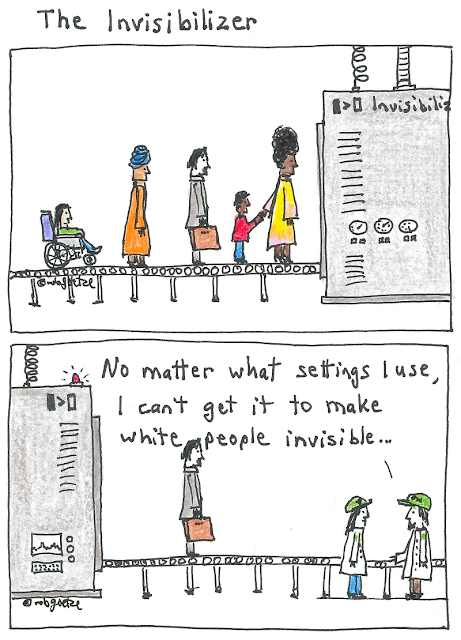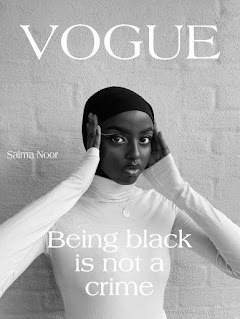A Kids Book About is a company creating a new kind of kids' books -- ones that focus on the content and ideas. Here's what they say about their approach:
The first thing you’ll notice about our books is that they’re different. We wanted to create books that treated kids like they were smart and spoke to them straightforwardly and honestly. Our books emphasize color, layout, and type to help kids apply the stories to their lives instead of only thinking of the characters in the book. Our books are twice as long as most children books, enabling a deeper dive on each subject. Our books are honest and don’t shy away from the most difficult aspects of each topic.
We bought a copy of "a kids book about racism" and love it! It is very well written and laid out, and I recommend it.
They have similar books on about 20 topics, including bullying, empathy, failure, belonging, and cancer. If you buy one on a different topic, I'd love to hear how you like it -- use Comments below.
Check them out and order directly from them at:
https://akidsbookabout.com/collections/kids-books/products/a-kids-book-about-racism












